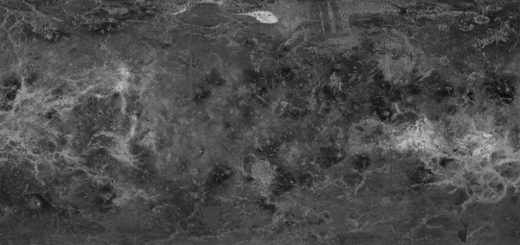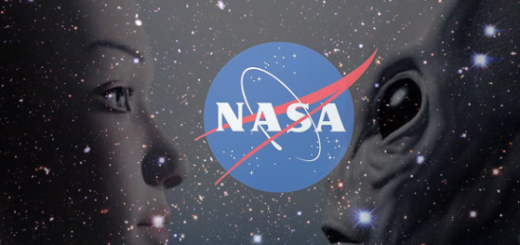15th-century manuscript with ‘alien’ characters finally decoded

Scientists have harnessed the power of artificial intelligence to unlock the secrets of an ancient manuscript that has baffled experts.
Discovered in the 19th century, the Voynich manuscript uses “alien” characters that have long puzzled cryptographers and historians. Now, however, computing scientists at the University of Alberta say they are decoding the mysterious 15th-century text.
Computing science Professor Greg Kondrak and graduate student Bradley Hauer applied artificial intelligence to find ambiguities in the text’s human language.
RESEARCHERS OFFER YET ANOTHER EXPLANATION TO MYSTERIOUS VOYNICH MANUSCRIPT
The first stage of the research was working out the manuscript’s language. The experts used 400 different language translations from the “Universal Declaration of Human Rights” to identify the language used in the text. Initially, it seemed like the text was written in Arabic, but the researcher’s algorithms revealed that the manuscript is written in Hebrew.
“That was surprising,” said Kondrak, in a statement. “And just saying ‘this is Hebrew’ is the first step. The next step is how do we decipher it.”
Kondrak and Hauer worked out that Voynich manuscript was created using ‘alphagrams’ that use one phrase to define another so built an algorithm to unscramble the text. “It turned out that over 80 per cent of the words were in a Hebrew dictionary, but we didn’t know if they made sense together,” said Kondrak.
MYSTERIOUS MANUSCRIPT’S CODE HAS BEEN CRACKED, ‘PROPHET OF GOD’ CLAIMS
The initial part of the text was then run through Google Translate. “It came up with a sentence that is grammatical, and you can interpret it,” Kondrak explained.
The sentence was: “She made recommendations to the priest, man of the house and me and people.”
The full meaning of the text will need the involvement of historians of ancient Hebrew. The vellum, or animal skin, on which the codex is written has been dated to the early 15th century.
The research study is published in Volume 4 ofTransactions of the Association for Computational Linguistics.
There have been multiple attempts to decode the Voynich manuscript. In 2014, for example, researchers argued that the illustrations of plants in the manuscript could help decode the text’s strange characters. In 2011, a self-proclaimed “prophet of God” claimed that he had decoded the book.



 Creators of mankind
Creators of mankind Description of “Tall white aliens”
Description of “Tall white aliens” Where they came from?
Where they came from? About hostile civilizations
About hostile civilizations The war for the Earth
The war for the Earth “Tall white aliens” about eternal life
“Tall white aliens” about eternal life Video: “Nordic aliens”
Video: “Nordic aliens” Aliens
Aliens Alien encounters
Alien encounters The aliens base
The aliens base UFO
UFO Technology UFO
Technology UFO Underground civilization
Underground civilization Ancient alien artifacts
Ancient alien artifacts Military and UFO
Military and UFO Mysteries and hypotheses
Mysteries and hypotheses Scientific facts
Scientific facts


















